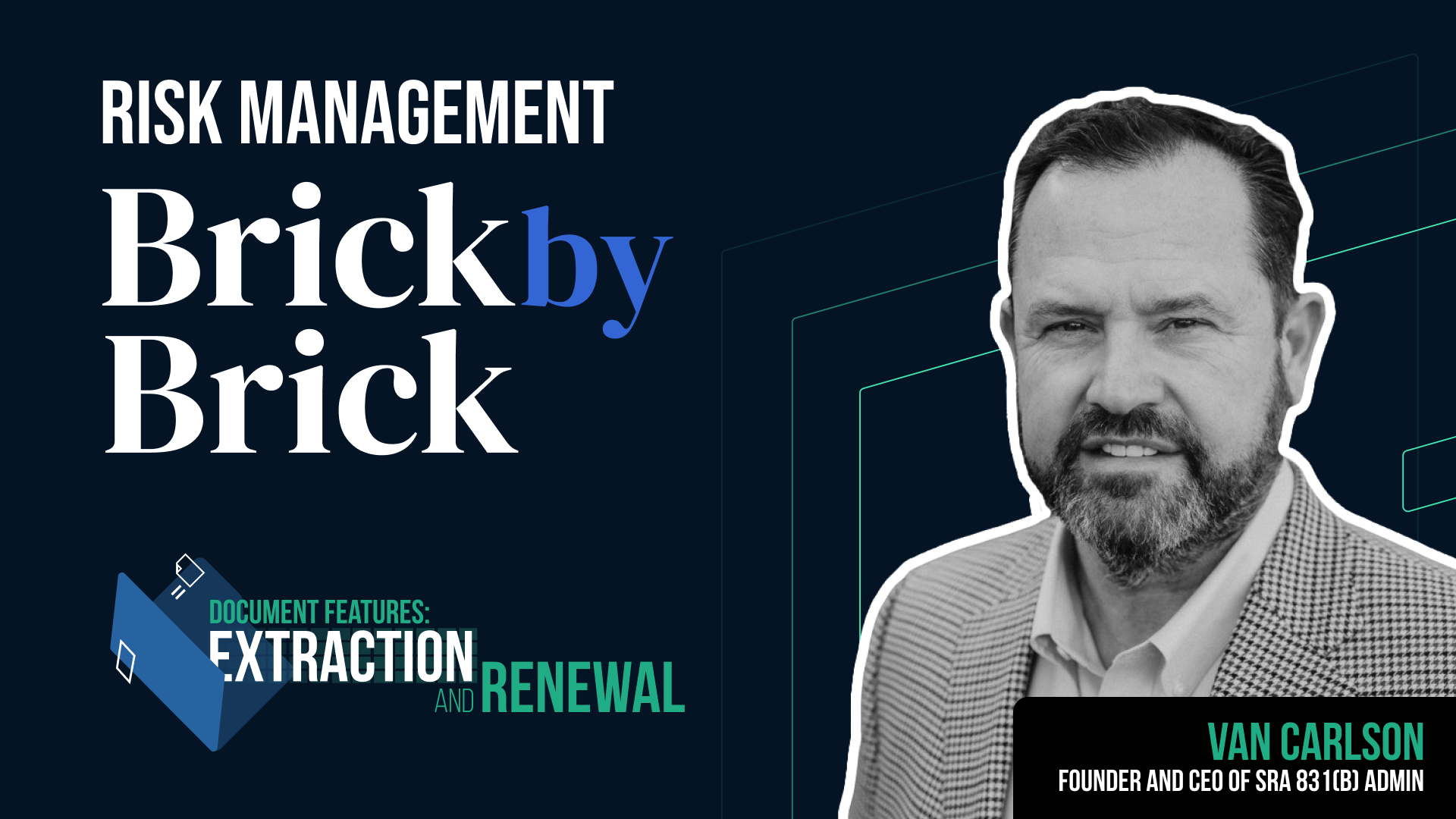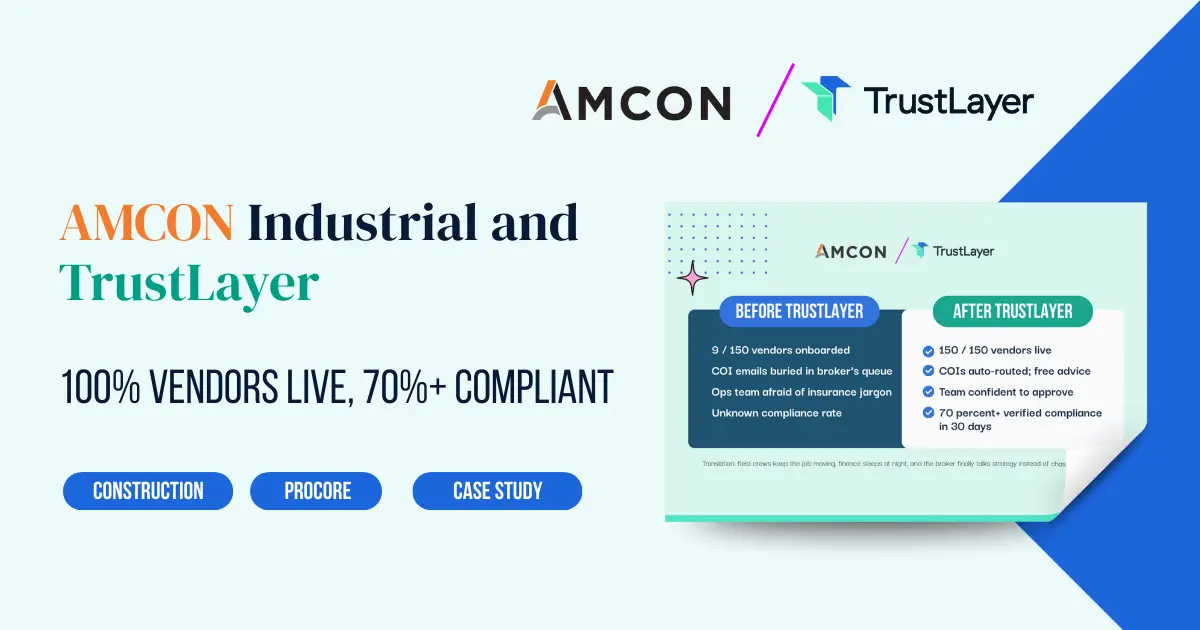Certificates of Insurance for Business - Challenges and Solutions

It’s true. Certificates of Insurance for Business they’re essential and useless at the same time. Good to demonstrate that insurance was in place on the day they were printed, but oftentimes not worth the paper they’re printed on at any point afterwards. COIs are difficult to manage and a drag on your business but you’ve got to deal with them. So you might as well understand why these point-in-time documents exist and arm yourself with strategies to manage them effectively.
Certificates of Insurance (COIs) are standardized documents that prove the existence of particular insurance coverage. They are essential in many business dealings, especially in sectors such as construction, real estate, and various contractual work, where parties need to ensure that their business partners or contractors have appropriate insurance coverage in place. While they play a crucial role in mitigating risks, COIs have been often cited as a point of friction in business operations. Here's a deep dive into why COIs can be a challenging experience for many businesses:
Challenges of managing COIs
Administrative Burden: Managing COIs can be labor-intensive. Businesses often need to track numerous certificates, each with different renewal dates, coverage amounts, and insurance providers.
Verification Issues: Just because a business receives a COI does not mean the coverage is valid or sufficient. Some entities might present outdated or even fraudulent COIs, leading to potential risks in case of a claim.
Delays in Business Operations: Waiting for a COI can delay projects, especially when subcontractors or vendors don't promptly produce the required certificates.
Ambiguities in Coverage: COIs are proof of insurance but do not detail the specifics of the policy. This ambiguity can lead to misunderstandings or assumptions about the exact coverage provided.
Manual Management: Traditional COI management processes are paper-based and manual, making them prone to human error. This manual approach can lead to lost documents, missed renewal dates, and insufficient record-keeping.
Costly Compliance Checks: Businesses often need to hire additional staff or external services to verify and manage COIs, especially if they deal with multiple vendors, contractors, or partners.
Potential for Litigation: If there's a dispute over coverage or if an accident occurs and a party's insurance doesn't cover it, the resulting financial burden might lead to lawsuits.
Inconsistent Requirements: Different parties might have varied requirements for insurance coverage. Keeping up with these varied demands can be challenging, especially for small businesses.
Renewal Challenges: Tracking when each COI is up for renewal and ensuring continuous coverage is a recurring challenge, especially without automated systems.
Communication Barriers: Ensuring all parties are informed about the status, validity, and specifics of a COI can be complicated, leading to further inefficiencies and potential misunderstandings.
Possible Solutions:
Modern technology has the potential to streamline the COI management process:
Digital COI Management Platforms: There are now software solutions designed to automate the tracking, verification, and management of COIs. These platforms can send reminders for renewals, validate the authenticity of COIs, and provide a centralized repository for easy access.
Blockchain Technology: Blockchain could ensure the validity and authenticity of COIs, making fraudulent or outdated certificates easily identifiable.
Standardized Digital Formats: Adopting universally accepted digital formats for COIs can reduce the ambiguity and inconsistency present in the current systems.
The Wrap Up
In conclusion, while COIs are essential for managing business risks, their management and verification process can indeed be cumbersome and inefficient. However, as technology continues to advance, there are opportunities for businesses to make this experience more streamlined and user-friendly.
Related Searches
coi for construction, coi for events, contractural risk transfer









.png)




